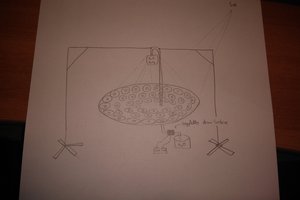Colloidal silver is a suspension of tiny silver particles in a liquid medium, usually water. It has been used for various medicinal and health purposes for centuries, dating back to ancient civilizations. Its antimicrobial properties make it a popular alternative remedy for a wide range of ailments. Some claimed benefits and uses of colloidal silver include:
- Antibacterial, Antiviral, and Antifungal properties
- Immune system support
- Skin conditions like acne, eczema, and psoriasis,
- Eye infections
- Chronic sinus infections, etc...
This time I will present you the simplest way to make a cheap colloidal silver generator, which can be made by anyone who can solder a few points. Essentially, colloidal silver is a solution of water with a trace amount of pure silver in it.
It can be made through the process of electrolysis using a very small amount of electrical current with pure silver electrodes immersed in distilled water. Usually the cost of a commercial device like this is several hundred dollars, and you can make one for less than ten dollars, only this device will not include a timer and automatic electrode polarity switching.
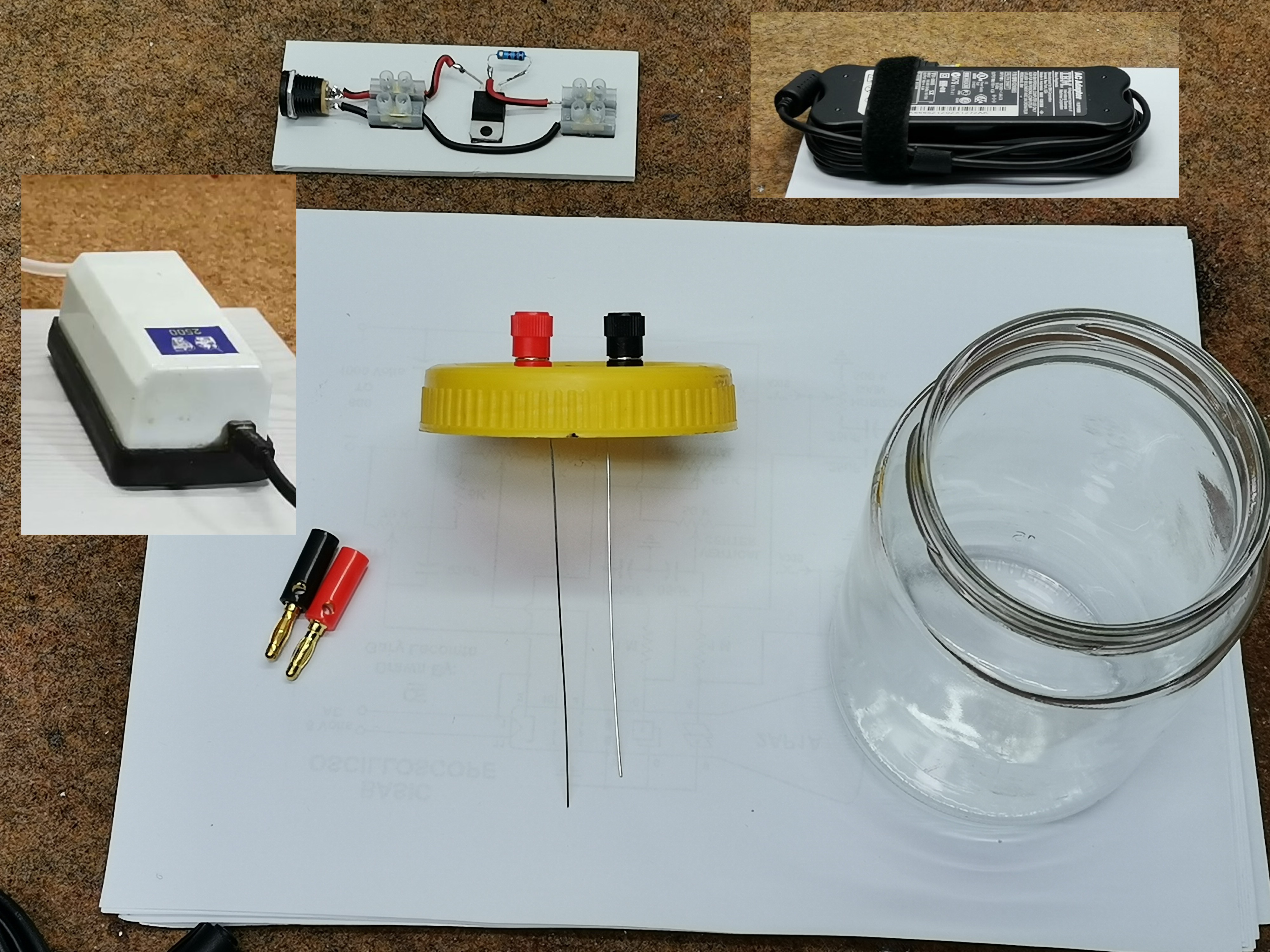
To make this simple device we need only a few components that can be easily obtained:
- A glass container (jar) preferably with a plastic lid
- Some kind of simple plugs (connectors) that are not necessarily intended for high currents
- Two silver wires of a certain length
- Power supply from an old laptop computer 19V
- LM317 3 terminal adjustable regulator which is the "Heart" of the device
- and a 1.2K resistor (brown, red, red, gold)
The last two components are easily available at any electronics store or online, and together cost less than a dollar.
It is also desirable to mix the water in the tank in some way, and I think the simplest way to do this is with a small aquarium air pump.
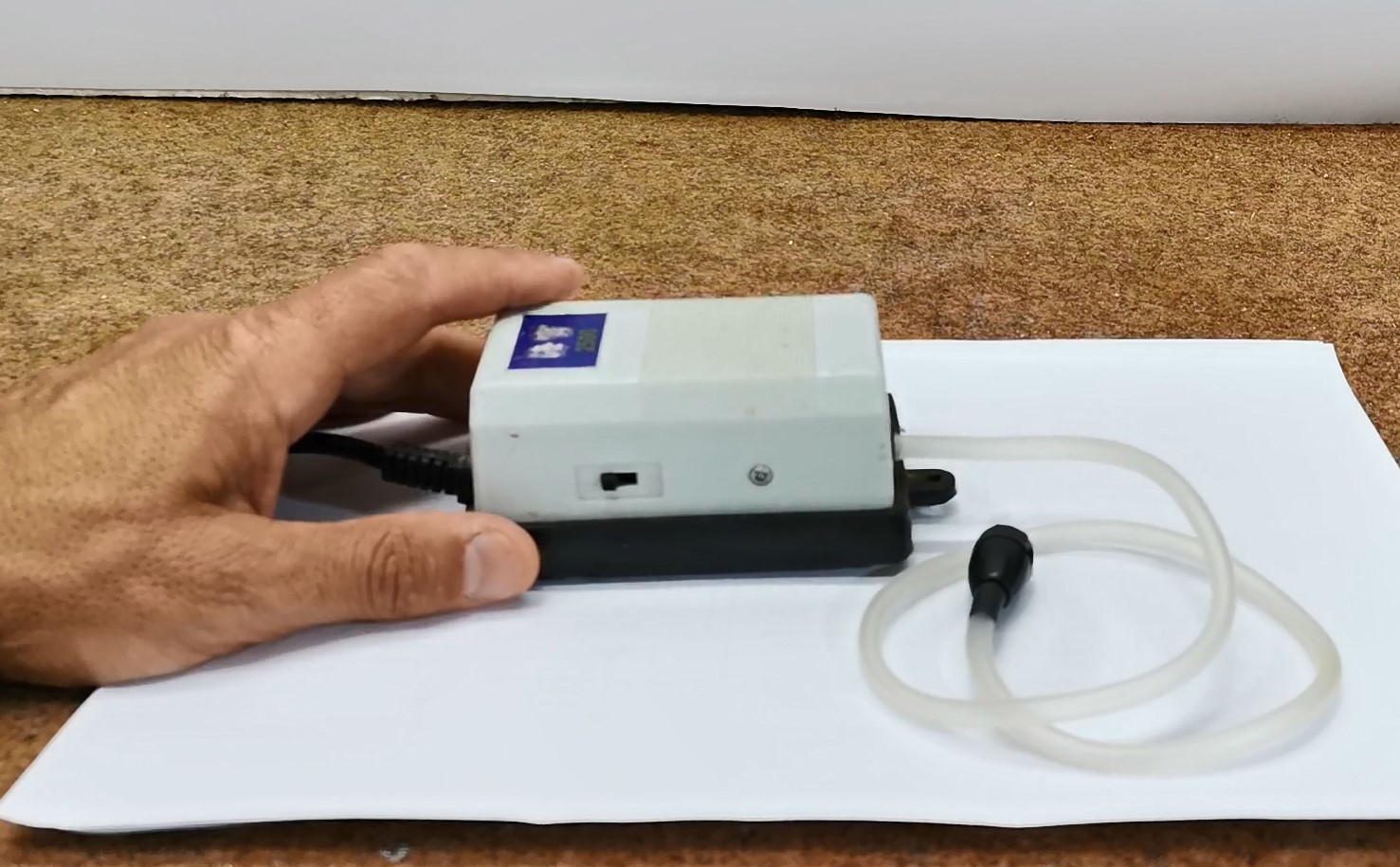
As I mentioned before, colloidal silver is made using electrolysis by placing two electrodes of pure silver in distilled water and passing a very weak controlled current of no more than 1 milliampere into the circuit. We get a constant current using the LM317 integrated circuit and a resistor, whose value we can calculate using one of the many online calculators (https://www.petervis.com/electronics%20guides/calculators/lm317t/lm317-current-limiter.html), or according to the formula:
To calculate Current Limit:
I=1.25/R
According to the formula it is easy to calculate that the value of the resistor should be 1250 ohms to get a current of 1 milliamp. We will use a 1200 ohm (1.2 Kiloohm) resistor because that is the closest standard resistor value.
And now let's see how the device works in real conditions. First, we fill the jar with a certain amount of distilled water that has a ppm concentration close to zero. Then we turn on the power supply and the process of electrolysis in the jar begins. In fact, we don't see that, so to be sure, we will first measure the current flowing through the circuit.
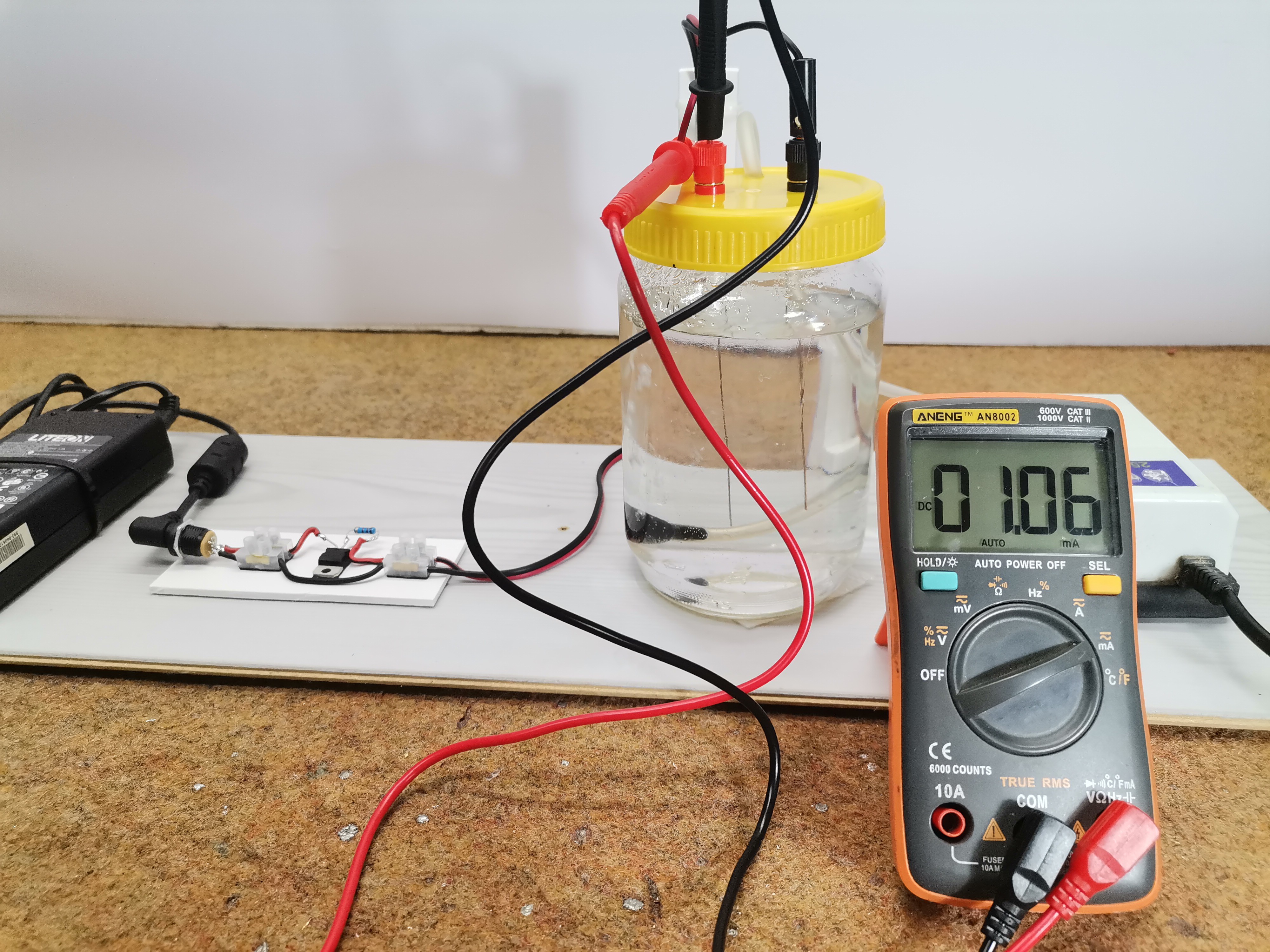
As can be seen on the instrument, the value of the current in the circuit is exactly 1 milliamp, which means that the connection is OK, and the electrolysis (actually the silvering of the water) has begun. We should not forget that every fifteen minutes we should change the polarity of the electrodes, so that the process runs faster. Now, after two hours from the start of the operation of the circuit, I will measure the ppm value with the help of this TDS meter, which is otherwise mostly used to check the quality of water in aquariums.

We see that currently the value is 17.7ppm, which means that some more time should pass to get the desired value of around 20ppm. This testing is done only once at the beginning, and then we know how long it...
Read more » mircemk
mircemk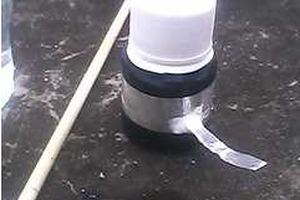
 yan
yan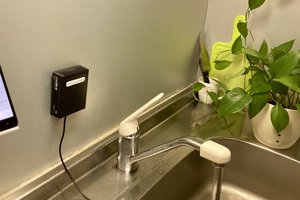
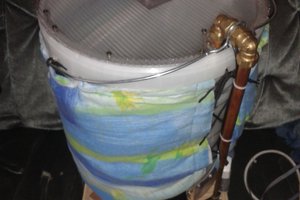
 Morning.Star
Morning.Star